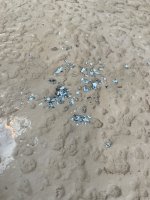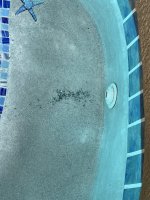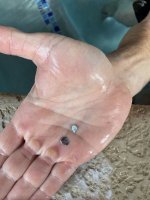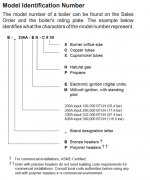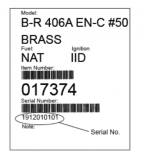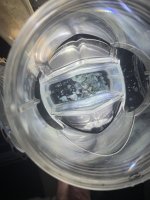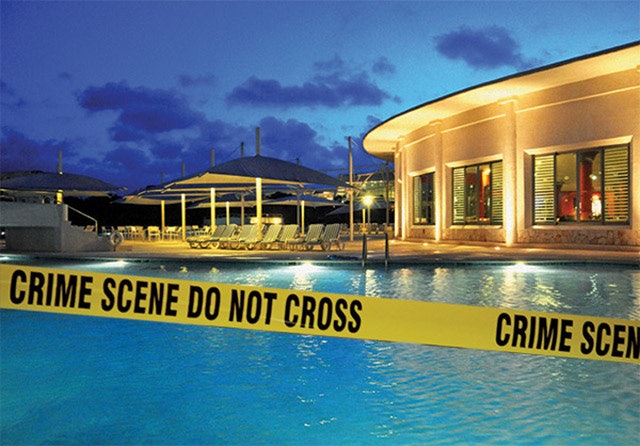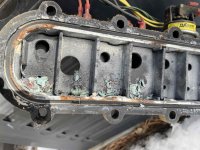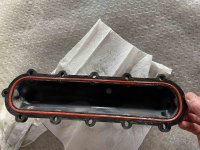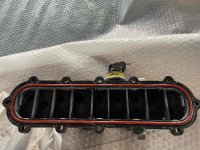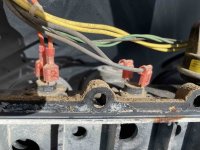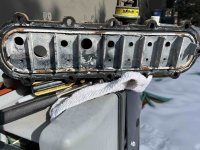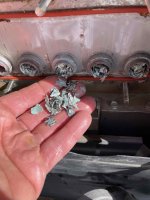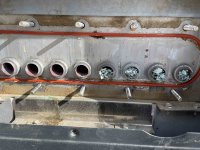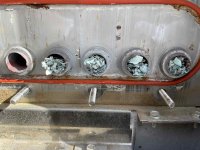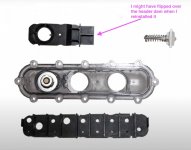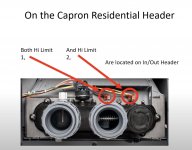- Dec 10, 2017
- 42
- Pool Size
- 11000
- Surface
- Plaster
- Chlorine
- Salt Water Generator
- SWG Type
- CircuPool Core-35
Hi TFP friends and experts,
Just recently I'm seeing this strange sediment in front of my returns. This is in an indoor SWG pool which runs year round and has ideal chemistry. I backwash regularly and the pressure is good as well.
Any idea what it might be?
Jason
Just recently I'm seeing this strange sediment in front of my returns. This is in an indoor SWG pool which runs year round and has ideal chemistry. I backwash regularly and the pressure is good as well.
Any idea what it might be?
Jason


